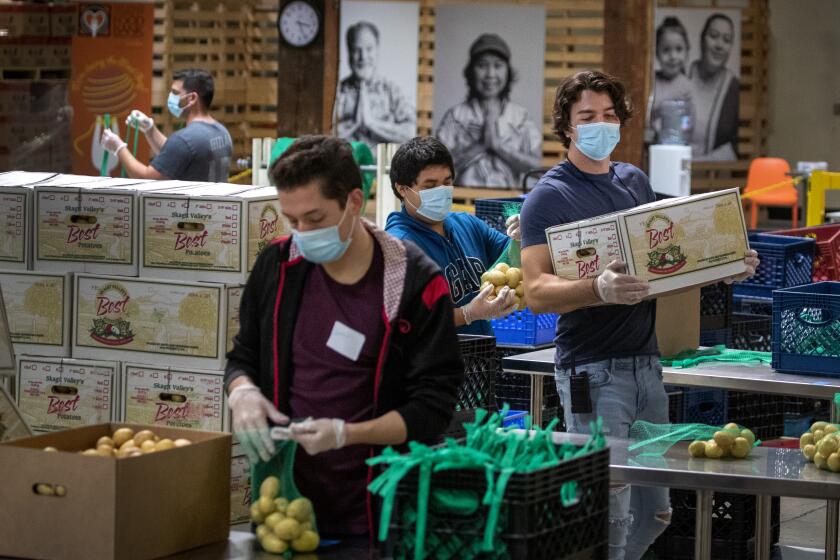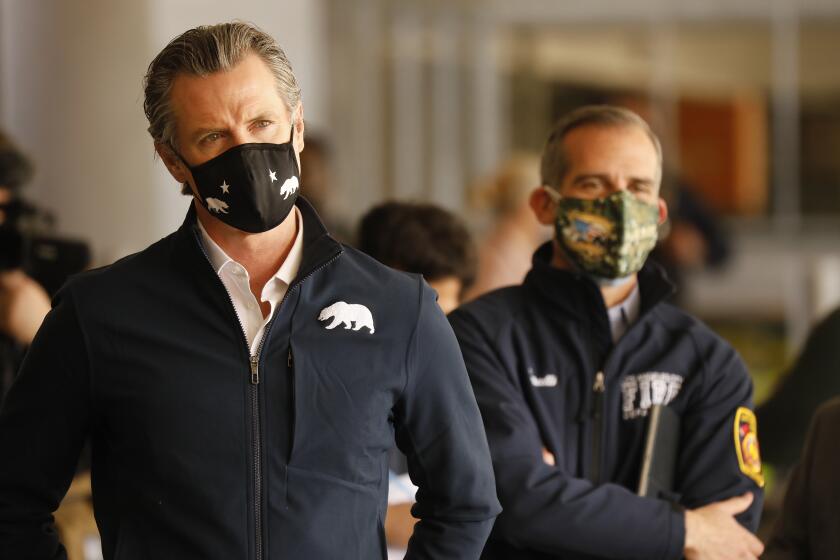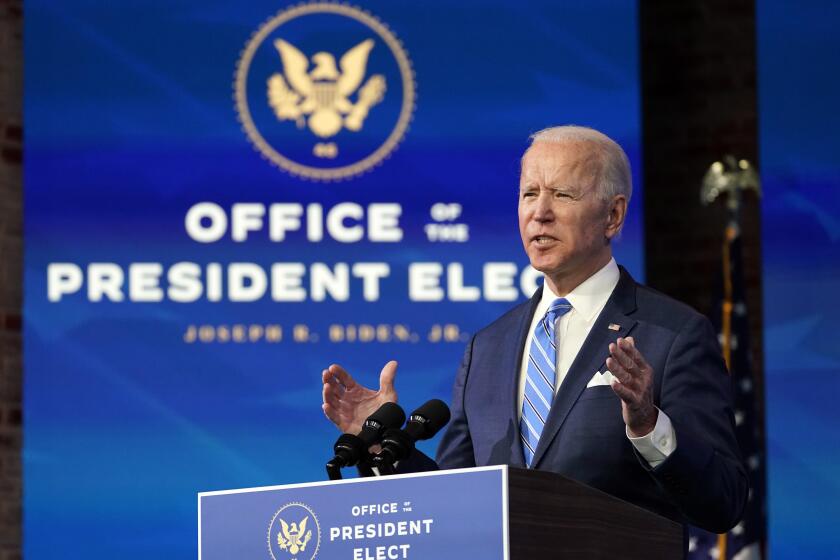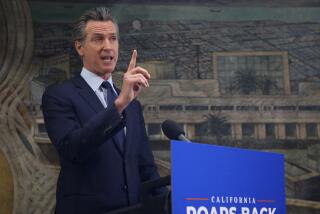How do I get California’s $600 COVID relief payment and how quickly will it come?
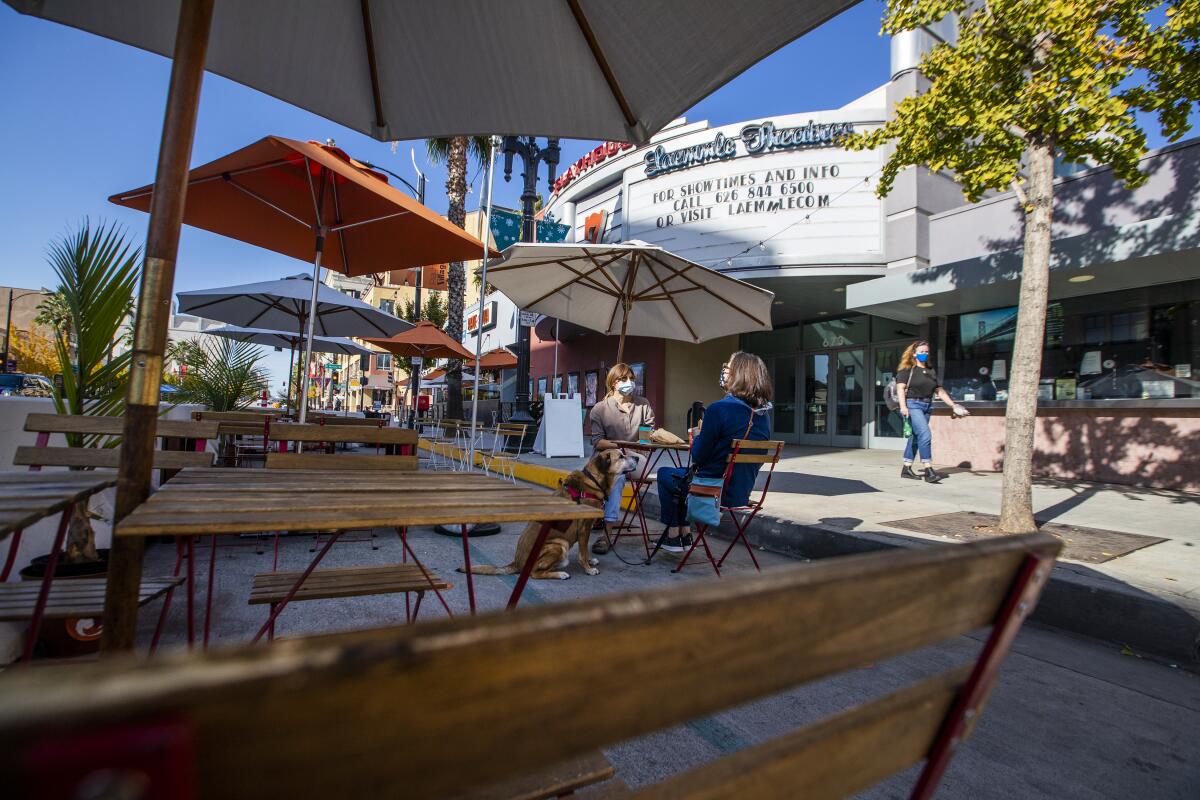
SACRAMENTO — California Gov. Gavin Newsom on Tuesday signed into law a sweeping COVID-19 economic relief package.
It will provide financial aid to millions who’ve been hit hard by the pandemic.
“This $7.6 billion of direct relief that we are providing today not only helps support small business but supports some 5.7 million Californians with direct stimulus check relief,” Newsom said during a signing ceremony at Solomon’s Deli in Sacramento.
Here is what to expect in the coming weeks, along with information about how to get the benefits:
Crafted by Gov. Gavin Newsom and legislative leaders last week, the pandemic assistance plan also includes $4 billion in grants, tax breaks and fee waivers for small businesses.
Who will get the relief?
Some 3.8 million of the payments will go to households that qualified for the state earned income tax credit for 2020, which is available to residents earning less than $30,000 annually.
About 565,000 stimulus payments will go to those with individual tax identification numbers who did not receive federal stimulus payments and whose income is below $75,000, many of whom are immigrants in the country illegally.
“Those that have been left behind in the federal stimulus, California is not going to leave you behind,” Newsom said Tuesday.
Taxpayers with individual identification numbers who also qualify for California’s state earned income tax credit would receive a total of $1,200 in state stimulus.
The $600 stimulus payments will also go to 1.2 million people who receive money from the federal supplemental security income (SSI) or state supplementary payment (SSP) programs, and 405,000 payments will be provided to participants in CalWORKS, the state’s welfare-to-work program. An additional 15,000 payments are planned for participants in the Cash Assistance Program for Immigrants.
The CalWORKS payments will be placed on debit cards and issued to participants by mid-April, although the timing could change based on the ability to automate the process, said H.D. Palmer, a spokesman for the California Department of Finance. The timing and method of grant payments for those on SSI and SSP are still being worked out and are dependent on conversations with the federal Social Security Administration, he added.How quickly will the aid arrive?
Recipients could see the money arrive as soon as a month after filing their tax returns.
The stimulus assistance for residents earning $30,000 a year or less will come four to five weeks on average after they file 2020 tax returns with the state Franchise Tax Board — if they also sign up for direct deposit, Palmer said. The wait could be as long as seven weeks for those receiving the $600 in a check from the state by mail.
In all, the state will provide 5.7 million payments to low-income Californians as part of the $9.6-billion economic recovery package.
Where is the money coming from?
The COVID-19 relief package was made possible by higher-than-expected tax revenues in California despite the economic hardships brought on by the pandemic.
What about relief for businesses?
The relief package approved by the governor and Legislature also provides $2.1 billion in grants ranging from $5,000 to $25,000 under a program administered by California’s Office of the Small Business Advocate.
The Legislature’s approval of the grant money came a few months after Newsom launched the program with an executive order that provided $500 million in grant money for 21,000 small businesses.
But the demand for the grants is greater than the money available. In the first round of grant awards, 350,000 small business filed applications, seeking more than $4.5 billion, officials said.
Businesses with an annual gross revenue of up to $2.5 million are eligible. Because there’s not enough money for every applicant to be awarded a grant, requests are ranked and judged on criteria including whether the business is in an industry seriously affected by the pandemic.
Applications will also be scored to make sure there is wide geographic distribution and that businesses owned by people of color are fairly represented.
Once a business is notified that it has been selected for a grant, it will face additional verification requirements before the money is disbursed, said Kaitlin Lewis, a state spokeswoman.
President-elect Joe Biden’s pandemic response plan centers on a mass vaccination campaign and closer coordination among all levels of government.
What are some other elements?
One proposal that would allow companies to deduct up to $150,000 in expenses covered by loans from the federal Paycheck Protection Program is scheduled for a vote this week. More than 750,000 PPP loans were taken out by California small businesses, officials said.
Two years of fee relief will also be provided for roughly 59,000 restaurants and bars licensed through the state’s Department of Alcoholic Beverage Control, under the bills approved Monday. They normally pay annual fees ranging from $455 to $1,235. More than 550,000 barbering and cosmetology licenses will also have fees waived.
In addition, $50 million will go toward grants for cultural institutions that have suffered financially because of the pandemic. The package also includes grants to community college students, and additional money for child care, food banks, diapers and housing for quarantined agricultural workers.
More to Read
Sign up for Essential California
The most important California stories and recommendations in your inbox every morning.
You may occasionally receive promotional content from the Los Angeles Times.
